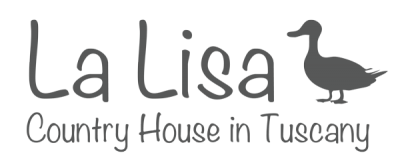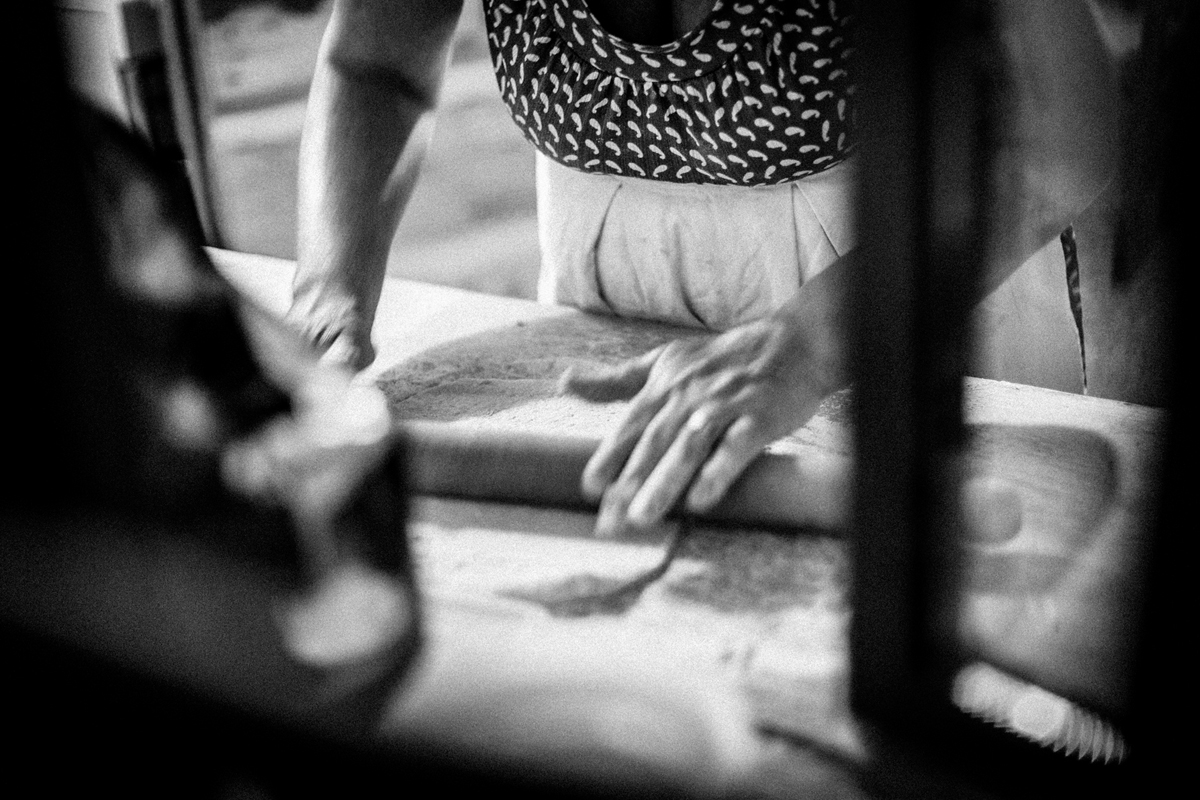1. Eat the Tuscan meat (probably the best in Italy)
Primarily the Chianina breed, the meat choosed for the famous Florentine steak, is born and grows mainly in Valdichiana. These cattle are completely white, large and are specially bred for breeding and meat production. Here in Val di Chiana there are many butchers offering prime cuts and restaurants that know how to cook Florentine steak to perfection.
Another typical feature is the Cinta Senese meat, a kind of wild pig that lives primarily outdoors. Its meat is quite fatty and very tasty, it can be appreciated in the form of the various cured meats that are produced.
2. Tasting Pienza pecorino with pears or with honey
The production area of the famous cheese is the Val d’Orcia, here you can spot groups of sheep that graze in the hills, kissed by the sun. This traditional cheese has centuries of history: it seems that the Etruscans had the pecorino. Today, who is engaged in production are mainly Sardinian families, who have intervened with their experience, a few years ago, when the Tuscan peasants were leaving the land.
There are several ways to taste the cheese, many simply offer with honey, others add a fig jam, nuts etc. The classic combination is the one with pears or pear jam.
3. Visit a winery
And here, with our DOCG and DOC we are spoiled for choice.
Montalcino is the area that produce Brunello, many are the vineyards and wineries around the village. Some look out towards Siena (eg. Caparzo), while others view the sea and the Grosseto (eg. Poggio Antico). The Banfi estates are the largest ones, you can learn about their production by visiting the Castle of Poggio alle Mura.
Montepulciano is a must for wine lovers: the cellars are not only in the surrounding countryside but they are also hidden in the noble palaces of the city. You can visit the old cellars of Redi (today belongs to the family Ricci), that are placed on the different floors of a charming building, or you can enjoy a classic glass of Nobile admiring the vineyards such the ones of Palazzo Vecchio in Valiano.
Instead Cortona, in recent years is specializing in the production of Syrah, a wine from the south who seem to enjoy much the new Tuscan location.
4. Learn to make pasta or gnocchi, attending a cooking class
Some years ago my grandmother used to prepare the dough in the “madia” (like a cupboard): Flour and eggs for the dough; potatoes, flour and eggs for the gnocchi. Then, to make the dumplings she used to roll the dough and cut small squared pieces. To roll the dough for Tagliatelle or Lasagna se used the rolling pin. Today the “madia” is no longer used but the process is the same and you can learn by attending one of the many cooking classes we have in the area.
5. Tasting the new oil
In late October – early November we do the olive harvest and bring olives to the mill (usually there is an olive press in each country). Each family takes its olive oil, enough for the whole year, and they also use to share it with family and friends.
If you happen to endorse a mill, during the fall, perhaps you can attend to the pressing, taste the new oil on bruschetta, and maybe buy a few bottles.
The best quality of olives in our area is in the hills of Montisi and Petroio (in Siena), Cortona and Castiglione Fiorentino (in Valdichiana) and in those of Pergine (in Valdarno).
6. Nibble the thin pizza or schiacciata
The Tuscan pizza is not like the classic Neapolitan pizza, it is very thin and less salty. You can also eat it after an appetizer or a main course. The schiacciata or schiaccia is the simple pizza base without tomato, only with olive oil and rosemary, you can eat it instead of bread. The schiacciata could be more or less high: a olive oil schiaccia, high and soft crushing is ideal to be stuffed.
7. Try the tuscan street food
If you pass around Monte San Savino you should try the famous “porchetta“, roast pork flavored with spices, with which usually, are stuffed the bread rosettes.
In Valdarno and Chianti you found instead the “finocchiona“: a pork sausage flavored with fennel, perfect if you take it with pecorino and a olive oil schiaccia.
Trippa and Lampredotto are the Florentine specialties: they consist of the entrails of slaughtered animals, clean and well-cooked stew. Many people, knowing what it is, turn up their noses, however, is a street food of which the Florentines are greedy, since always.
8. Eating Sienese sweets
Walking through the streets of Siena you can spot all the differents cafés and bakeries offering the Panforte, Panpepato and Ricciarelli.
The Panforte is prepared with honey (or sugar), dried and candied fruit. It’s called pan-forte (strong bread) for the strong taste that is given by the spices. A milder version is that of Panforte margherita, while something even more special is the Panpepato, with pepper.
Ricciarelli are made with almond paste and are almond shaped. Are typical Christmas sweets but today in Siena are eaten throughout the year.
9. Go hunting for mushrooms and truffles
At the end of the summer begins the fun season for fungaroli and truffle hunters. In the highest hills (Casentino, Valtiberina, Mugello) and in Monte Amiata, you can find different varieties of mushrooms (from “porcini” to “chiodini”), already in September. The same works for the black truffle, but to sample the white truffles we have to wait until the autumn. In late November – early weeks of December it is very easy to find the white truffle, both in the Tiber Valley and in the area of Asciano, where every year takes place an important festival of the white truffle. However, not only in the fall, but throughout the year you can see demonstrations in private truffle grounds, where truffle dogs go hunting for these fragrant tubers.
10. Gather vegetables
Worldwide, fortunately, everyone cultivates his small vegetable garden, but here in Tuscany climate encourages the growth of vegetables and fruits throughout the year. Often we have organic products, which comply with the due course of nature and ensure authentic tastes.
In our vegetable garden in La Lisa we grow zucchini, eggplant, artichokes, pumpkins, peas, lettuce, cabbage, tomatoes. We also have some fruit trees: pears, apples, apricots, plums and figs “settembrini”.

